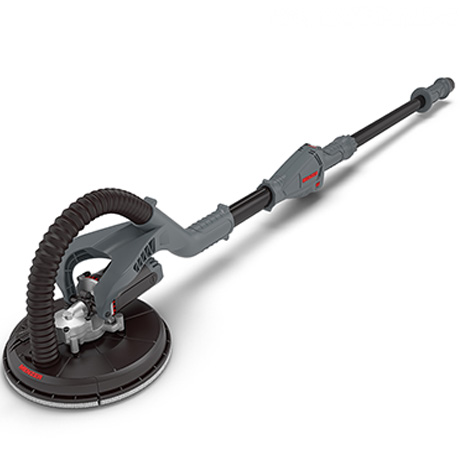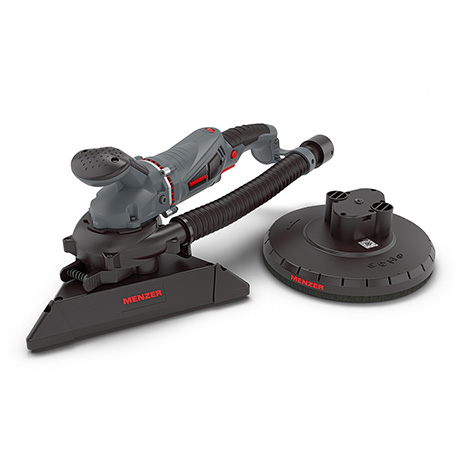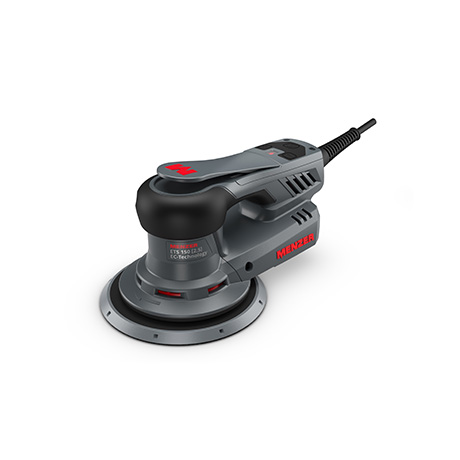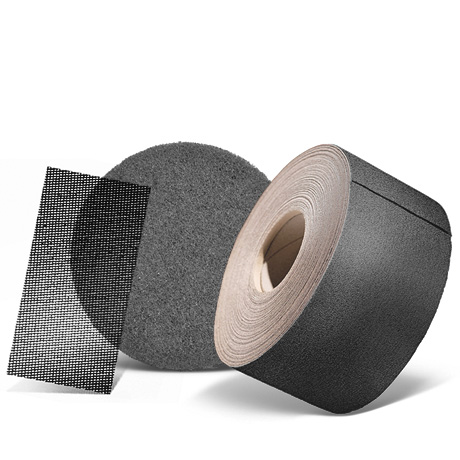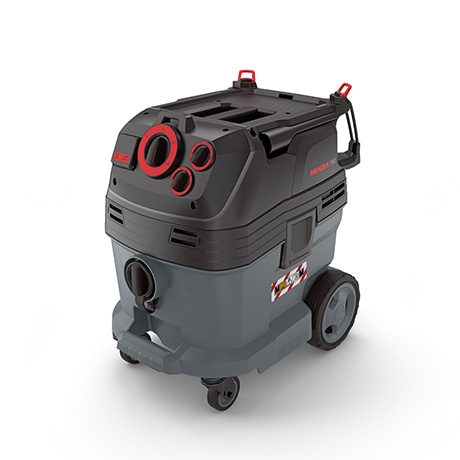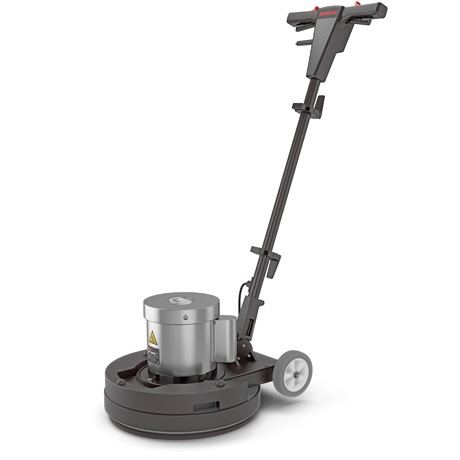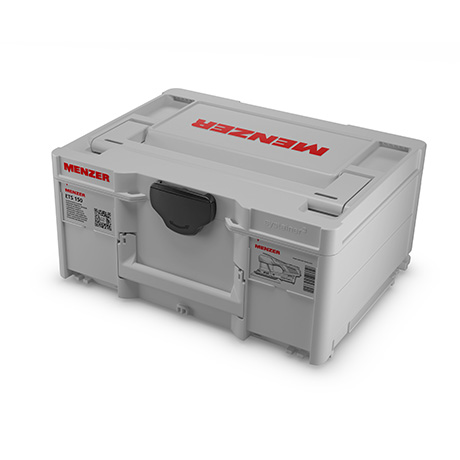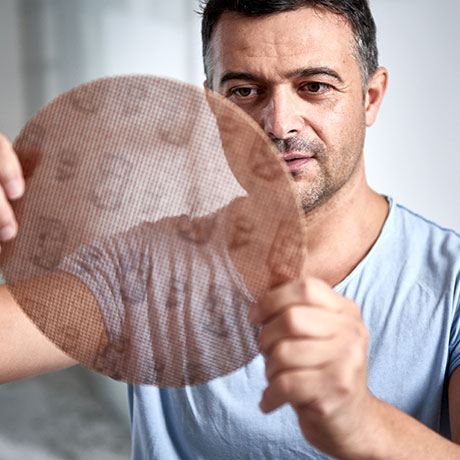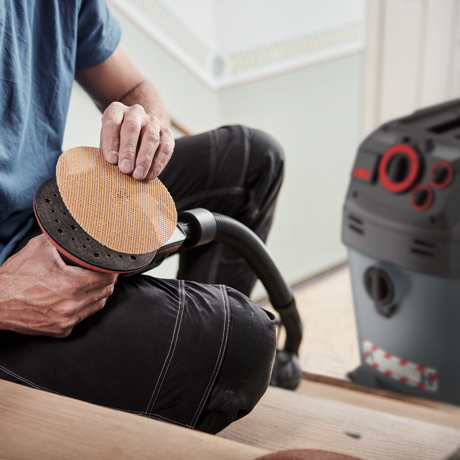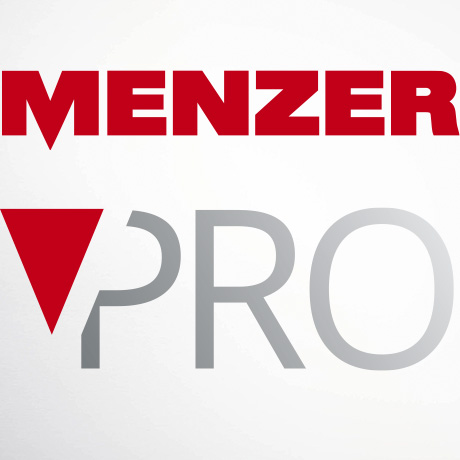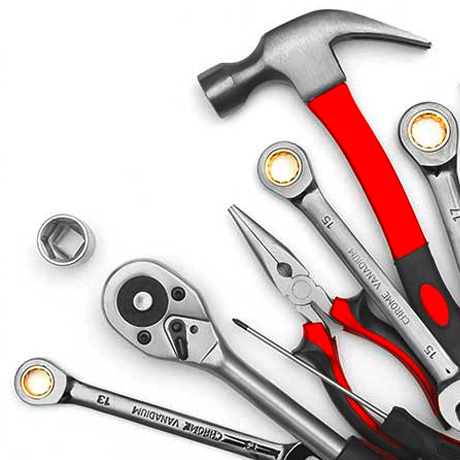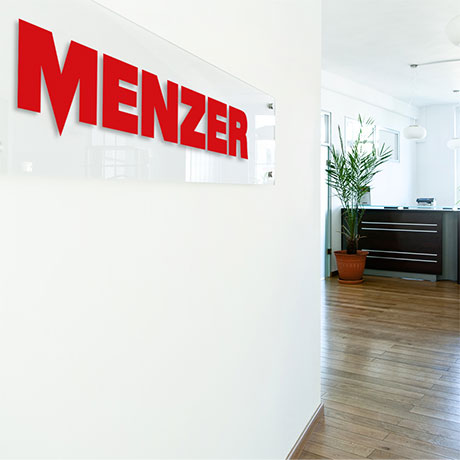Virtually dust-free sanding
We care about your health
Dust? No thanks!
On the construction site, in the workshop or just doing some DIY at home: sanding is always dusty business. The resulting fine dust isn’t just really hard to get rid of – it can also negatively impact on the actual sanding result and on the worker’s health, resulting in serious illnesses like chronic asthma or even cancer. Without proper protective gear, tiny dust particles can find their way into the lungs, where they clog up pulmonary alveoli. MENZER has developed some highly efficient solutions to combat that problem.
Our objective: Sanding without hazardous dust
Keeping the ambient air dust-free is virtually impossible. The total dust load while working, however, can be reduced to a safe level. MENZER dust-free system solutions eliminate up to 99% of airborne dust in comparison with traditional sanding methods.
Our solution: A perfectly coordinated system
Healthy and precise work conditions in a nearly dust-free environment: the dream of every tradesman and DIY enthusiast. We here at MENZER make that dream a reality. With our no-compromise combination of high-quality vacuum technology, sophisticated sanding equipment and professional grade abrasives, we efficiently remove dust right at the source. Now there is no need to take unnecessary risks: MENZER products will protect you whatever the application, dust class or work location. The result of these dust-free system solutions? Efficient protection of your health and optimal sanding results.
Powerful abrasives without compromise
A powerful abrasive is the cornerstone of dust-free sanding and excellent sanding results. Our MENZER Net and MENZER Ultranet® abrasive ranges offer innovative high-performance, open face sanding meshes and a hook & loop layer allowing the sanding dust particles to pass through for continuous and reliable dust extraction. We also recommend our MENZER Ultrapad. The entire surface of the Ultrapad is perforated to facilitate full-area dust extraction, no matter what your sanding project might be.


Powerful abrasives without compromise
A powerful abrasive is the cornerstone of dust-free sanding and excellent sanding results. Our MENZER Net and MENZER Ultranet® abrasive ranges offer innovative high-performance, open face sanding meshes and a hook & loop layer allowing the sanding dust particles to pass through for continuous and reliable dust extraction. We also recommend our MENZER Ultrapad. The entire surface of the Ultrapad is perforated to facilitate full-area dust extraction, no matter what your sanding project might be.

Professional sanders for efficient work
Floors, walls or ceilings: MENZER offers the perfect sander for any substrate and any area of application. Our high-quality long-neck sanders, compact drywall sanders and random orbital sanders get highest marks for performance, ease of use, and durability. The sanders attach quickly and easily to the MENZER safety vacuum cleaners and in this constellation ensure efficient and continuous sanding dust removal.

Professional sanders for efficient work
Floors, walls or ceilings: MENZER offers the perfect sander for any substrate and any area of application. Our high-quality long-neck sanders, compact drywall sanders and random orbital sanders get highest marks for performance, ease of use, and durability. The sanders attach quickly and easily to the MENZER safety vacuum cleaners and in this constellation ensure efficient and continuous sanding dust removal.
Dust-free perfection – MENZER’s vacuum technology makes harmful sanding dust a thing of the past
Achieving nearly dust-free sanding not only poses much higher requirements for the sanding technology used, but also for the relevant vacuum technology to ensure a safe and healthy work environment. MENZER offers the right vacuum technology for all DIN standard dust classes (DIN EN 60335-2-69, Appendix AA, suitable for dry, health-hazardous, non-combustible dust types), no matter if you need an industrial vacuum cleaner to remove vacuumable dust, or for dust extraction (with a direct hose connection to a sander).


Dust-free perfection – MENZER’s vacuum technology makes harmful sanding dust a thing of the past
Achieving nearly dust-free sanding not only poses much higher requirements for the sanding technology used, but also for the relevant vacuum technology to ensure a safe and healthy work environment. MENZER offers the right vacuum technology for all DIN standard dust classes (DIN EN 60335-2-69, Appendix AA, suitable for dry, health-hazardous, non-combustible dust types), no matter if you need an industrial vacuum cleaner to remove vacuumable dust, or for dust extraction (with a direct hose connection to a sander).
Dust-free working - we answer the most important questions about dust-free sanding.
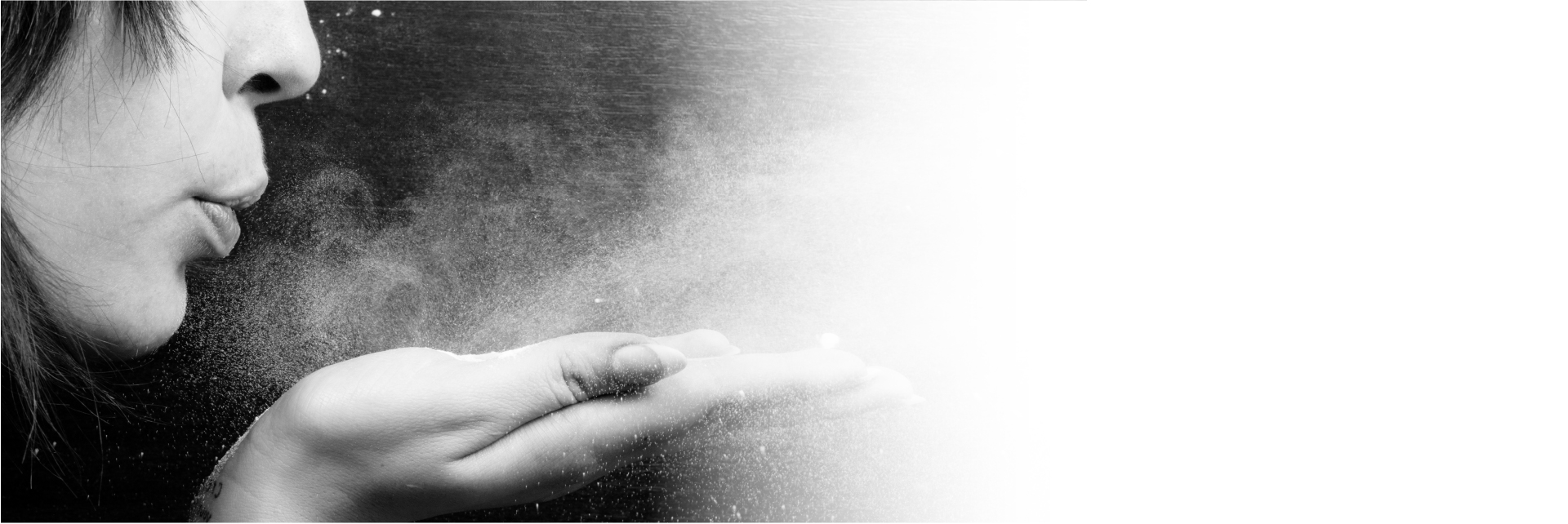
What dust classes are there?
Dust types are categorised in three dust classes in accordance with the international standard EC 60 335-2-69: L, M, and H. Your trade associations can provide you with the information you need regarding the classification of dusts in professional environments. The dust classes are stated in so-called MWC values. These represent the max. permissible concentration of dust in the workplace (in mg/m³), which is considered harmless even after long-term exposure. Always remember the following: The lower the MWC value, the more hazardous the dust.

Dust Class L
MAK value > 1 mg/m³
Nonhazardous dust types such as sand, cement, earth or pebble stone

Dust Class M
MAK value > 0.1 mg/m³
Mineral dust types as well as birch, beech, oak and fir wood dust

Dust Class H
MAK value ≤ 0.1 mg/m³
Health hazardous dust types such as asbestos, mineral fibers, glass wool, mould or minerals containing silica

